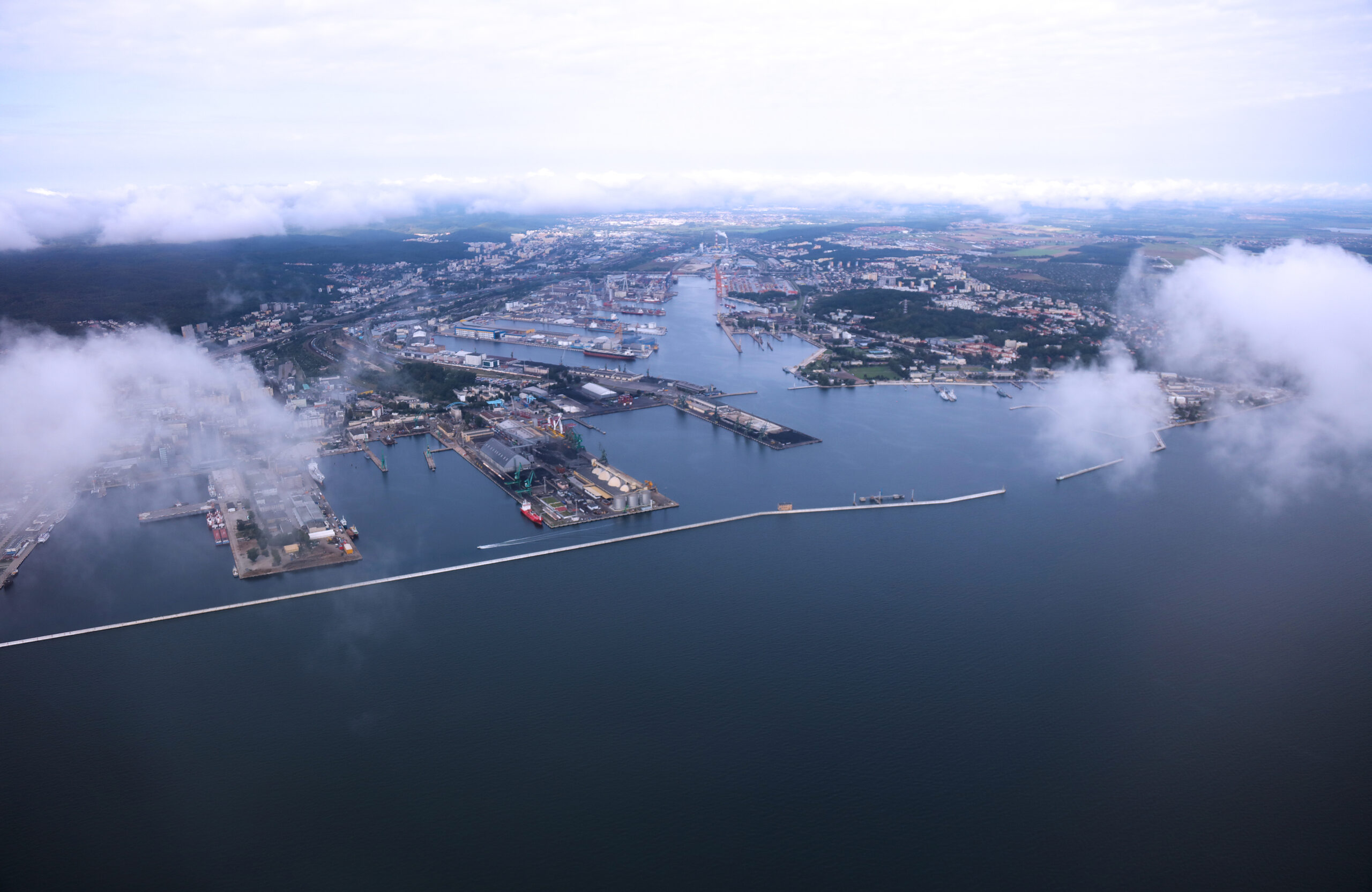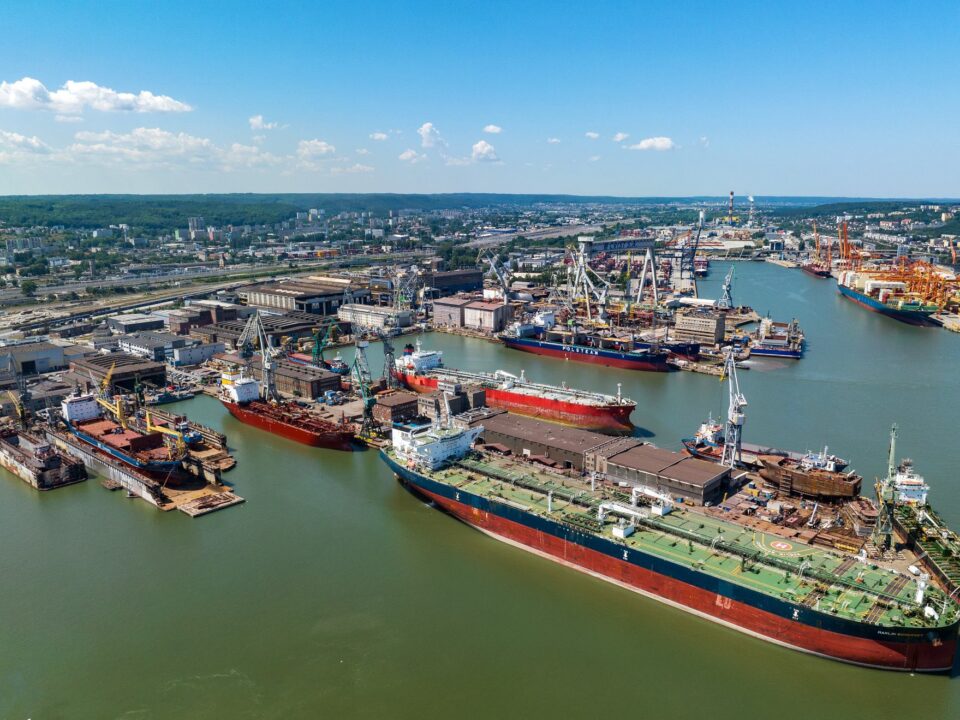
Poor H1 results for container terminals
9 August 2023
Ports follow suit
9 August 2023In recent months, we have experienced rapid changes in the global energy market. Most of the developments stemmed from the ongoing trade war between the West and Russia, which is a response to the Russian attack on Ukraine. This is not the first time that politics has plowed very deep furrows through economic life.
Gas globally diverted
2022 was a landmark year in the gas industry. On the one hand, Europe has experienced its history’s largest decline in natural gas consumption. It amounted to as much as 55 bcm (2022), or 13%. The peak EU consumption (520 bcm) was in 2010, and then it only got worse – in 2022, it was only 353 bcm. Because of this, global consumption fell by 1.6%, but the exact opposite was true in the US, where gas increased by 47 bcm. That’s an increase of more than 5%; they already need 915 bcm per year there – 20% of the world’s gas consumption (with 5% of the world’s population). The ensuing increase in the mining and exports of this commodity is self-explanatory.
The second major trend last year was the European Union’s turn to LNG. The 27 EU countries have increased its imports from 80 bcm to 134 bcm in 2022. Europe has become the world’s largest importer of LNG. In this we have become similar to Japan, Taiwan or South Korea, which simply do not have the physical ability to import gas through pipelines.
In LNG, the undisputed winner, occupying as much as 43% of this market, is the US, followed by former leader Qatar. Russia comes third, trying to stay out of the spotlight as Europe is expected to cut off not only from the gas pipelines, but also from Russian LNG.
Germany is a case study for how to perfectly and rapidly reorient the industry to other directions of gas supply. They were (and still are) the continent’s largest gas consumer while having no LNG terminal. They opted for pipeline supplies from Russia for a very simple reason: it was much cheaper. However, they have already managed to open the first LNG terminal in time for the end of 2022, showing German prowess. Now, they have also prepared for liquefied gas imports the now-useless pipeline infrastructure built for Nord Stream.
There are interesting developments in the global LNG market. Constructed and controlled by America mainly to supply its allies, it suddenly began to be affected by the Chinese presence on it. It is a brand new player, but thanks to its size it has already achieved a 15% share of global trade. And they keep entering into new contracts that allow China to play a significant role by reselling surpluses (such as 5.5 million tons in 2022) and influence market trends.
Change in the direction of oil trade
In 2021, Russia produced 13% of the world’s oil (536 million tons), while only the US produced more (711 million tons). Of this, it exported exactly half – 264 million tons of oil (13% of global exports) and an additional 150 million tons of petroleum products (12%). To prevent high oil prices, the Americans introduced the first-ever mechanism to put pressure on exporters, expecting the lowest possible prices. The G7 has introduced a “price ceiling” – a ban on buying and transporting Russian oil above a certain price (to begin with, this maximum price was set at $60). The main implementers of this recommendation were European tanker fleets, banks and insurers. In turn, Russia formed state agreements with Asian countries; Russian oil and oil products began to flow to Asia, mainly to India and China. The West has pressured governments there not to buy the raw material, but to no avail.
As soon as talk of sanctions began, the tanker trade flourished. They were bought by Russians (not always registered in Russia), but also by the United Arab Emirates, India, the Middle East and Asia, openly admitting that they would be used to carry Russian oil. Demand for tankers was powerful, and sales of Suezmaxes, Aframaxes and MR-class tankers was lucrative. Before the war, 70% of Russia’s seaborne oil exports were handled by Western countries, and less than 20% by Russian ships and institutions. Now the landscape looks very different: the so-called countries unfriendly to Moscow still handle 40% of the traffic, the Emirates 15% and China 13%. The rest are Russian companies or companies of unknown ownership. This, of course, increases transportation and export costs, but with an ever-increasing fleet of their own, more and more money is being made by the Russians, and less and less by the West. European fleets that previously carried two-thirds of Russian oil have already lost almost half of their shipments. A near-pirate operation to transport Russian oil usually begins with the deactivation of the transponder (UKF) of the AIS system, which allows the location of the tanker. Then comes the STS (ship-to-ship) operation, which is the transshipment of the commodity at sea. Offshore transshipment hubs have formed at Russian export ports after the sanctions went into effect. The expansion of the phenomenon is surprising, given that no oil cargoes have yet been transshipped in the Mediterranean in the fall, and by February 2023, transshipments had already exceeded 22 million barrels. That’s 20 large Aframaxes, or 15% of all Russian exports. Such transshipment centers formed in no time off the coasts of Greece, Malta, Gibraltar; the same was observed a few years earlier, when new centers were created for handling gray exports of Venezuelan and Iranian oil in UAE, Oman or Malaysia.
European sanctions on Russian crude caused a sharp reversal in the direction of oil imports, which stopped flowing from the east to Europe and started coming from all over the world, mainly from the Gulf region. The example of Poland, where Saudi Aramco has captured 45% of the oil market, shows the scale of the turnaround.
Article developed with Namiary na Morze i Handel magazine
phot. Namiary na Morze i Handel magazine






